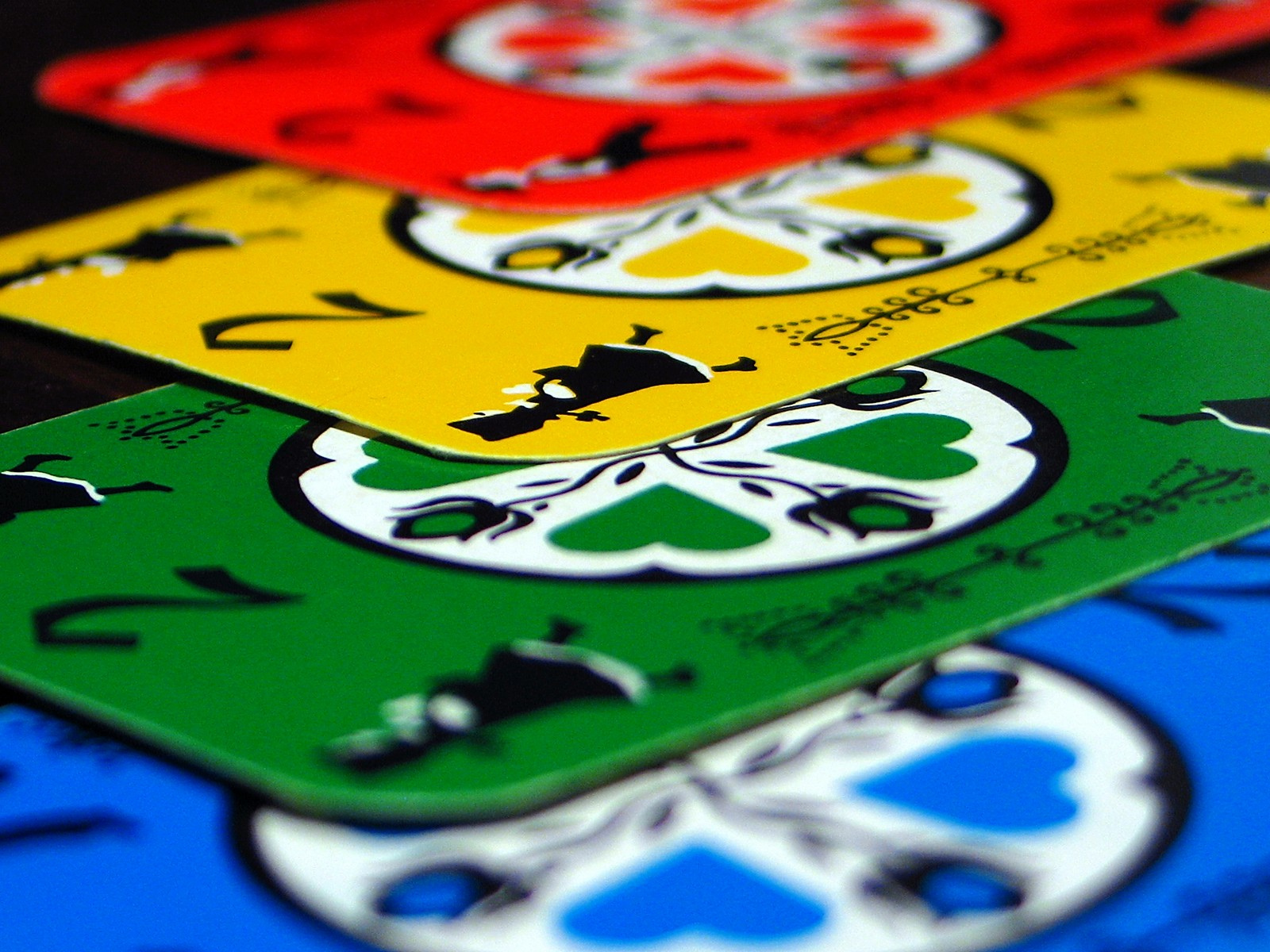Fire and the Sword: An Adventist Finds His Roots in the Radical Reformation (Part 3)

This is the final post in my three-part series comparing Seventh-day Adventists and Anabaptists. Please see the introduction to Part 1 if you have not yet read it.
Part 1 looked at expectations about God. Part 2 considered expectations of Christians and the Church. Part 3 will look at our common expectations for the world. Since I know many Adventists are reading this series along with YAR’s regular readers, I hope it has helped each faith community understand the other a bit more. Naturally, there is still much to learn about each tradition beyond the similarities covered here.
Before beginning the final comparison, Tim invited me to make a few observations about the CBS television program that was the catalyst or spark for this series–“World Religions: Sikhs, Seventh-day Adventists, and Mennonites” (description, video, schedule). One of the few common features between the three faith communities is that to varying degrees we are outsiders to American culture or society. We struggle with how to be true to our faith’s demands about being different and somehow separate while still engaging and influencing society. To use a decidedly Christian phrase, How is an adherent of one of these traditions to be in the world but not of it?
The first thing that surprised me about the program was how short it was. With a mere 27 minutes divided between the three faiths, only the most basic information could be conveyed. At its best, the program may pique one’s interest, leading to more study. Hopefully no one turns off their TV or closes their web browser after watching it and says, “Now I understand the ___.” They would be mistaken.
December 17, 2014 Seventh-day Adventist Church, Torture Read more >

